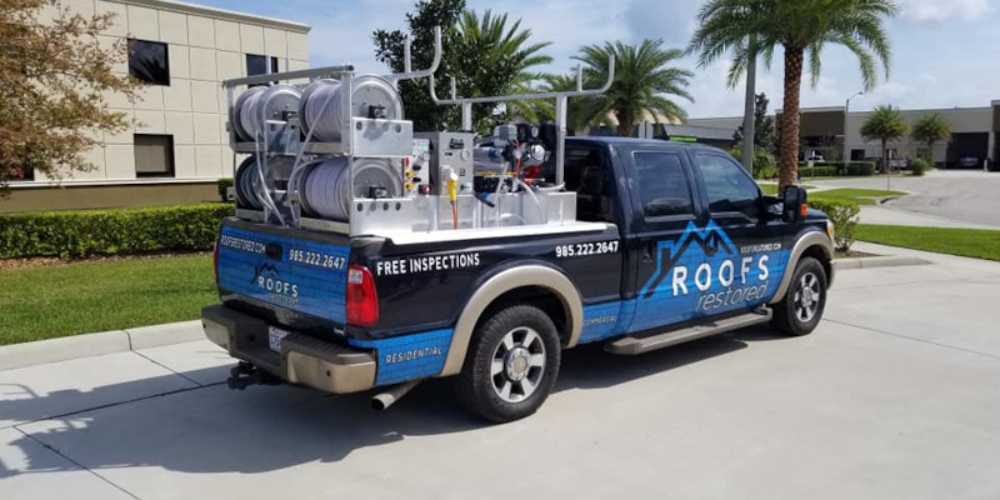Optimizing Hose Maintenance for Industrial Applications
In industrial settings, hoses transport fluids, gases, and other materials. Regular maintenance is essential to ensure that hoses remain reliable and perform efficiently. Neglect can lead to leaks, blockages, or even catastrophic failures. Finding a reliable hose supplier can also help you use high-quality materials that withstand rigorous conditions.
A reliable supplier offers both durable hoses and essential maintenance tips. Proper hose maintenance is crucial to avoid operational disruptions and costly repairs. A structured maintenance plan can significantly extend hose lifespan and ensure smooth, safe industrial operations.
Best Practices for Hose Maintenance
To optimize hose performance and longevity, adhere to best maintenance practices and consult your equipment supplier for guidance.
Regular inspections for cracks and damage are essential for hose maintenance. Proper storage, including keeping hoses in a clean, dry place and avoiding tight coiling, helps prevent kinks and stress. Timely replacements are also crucial; replace hoses before they exhibit significant wear.
High-quality hoses from a trusted equipment supplier offer durability and reliability in demanding environments. Following these practices enhances hose performance and improves overall operational efficiency.
Common Hose Maintenance Mistakes and How to Avoid Them
Even experienced technicians can make maintenance mistakes that compromise hose integrity. Common errors include:
- Using the wrong type of hose for specific applications.
- Leading to premature wear or failures.
- Neglecting adequate pressure tests ensures hoses can handle operational stress.
To avoid these issues, adhere to industry guidelines, update maintenance protocols regularly, and stay informed about best practices. Training sessions and workshops can help maintenance teams remain current with standards and improve their skills.
Creating a Hose Maintenance Checklist
Having a detailed checklist can streamline your hose maintenance routine. A well-structured checklist ensures that all essential maintenance tasks are performed consistently. Include items such as visual inspections for cracks and bulges. These inspections can help identify signs of wear and potential issues before they escalate.
Pressure testing is another critical component, ensuring that hoses perform optimally under operational conditions. Cleaning procedures are also essential for maintaining hose integrity. Regular cleaning helps remove buildup and contaminants that can degrade hose material over time.
Documenting inspection dates and findings in a logbook can provide valuable data on hose performance and help track maintenance history. A comprehensive checklist helps maintain hoses and enhances industrial operations’ efficiency and safety.
Tools and Technology for Optimizing Maintenance
Leveraging modern tools and technology enhances hose maintenance. Digital monitoring systems offer real-time data on hose performance, such as pressure, temperature, and flow rates, allowing for proactive issue detection and response.
High-quality couplers and fittings can extend hose lifespan and reduce replacement frequency by ensuring secure, leak-free connections. Investing in advanced equipment and technology improves hose reliability, optimizes operational efficiency, and enhances overall safety, saving time and reducing costs.

